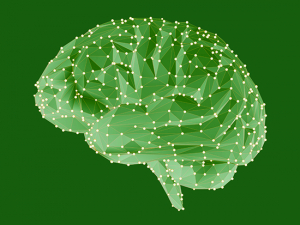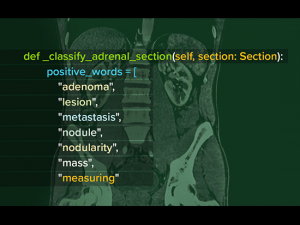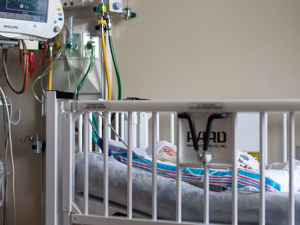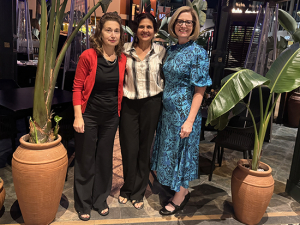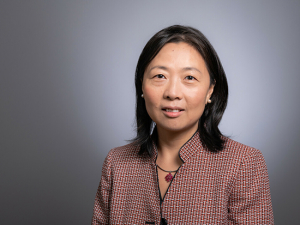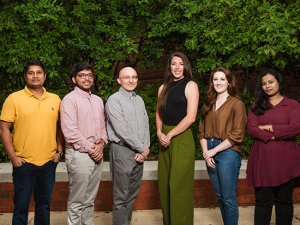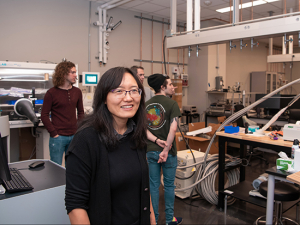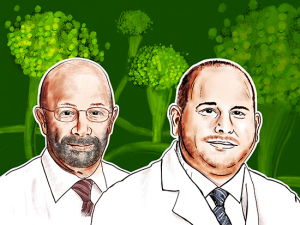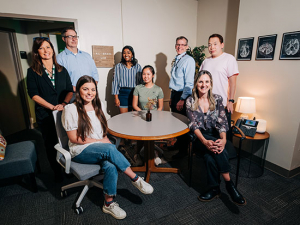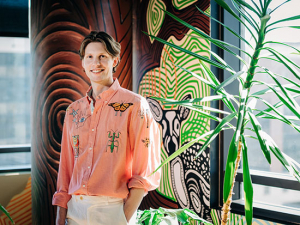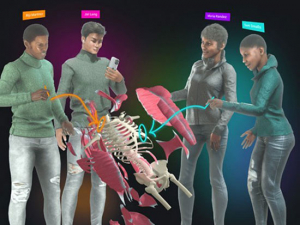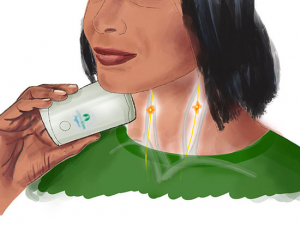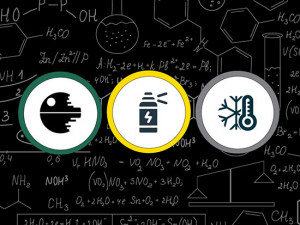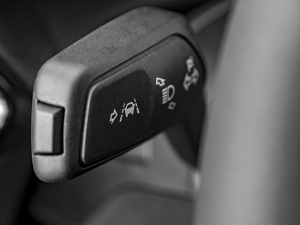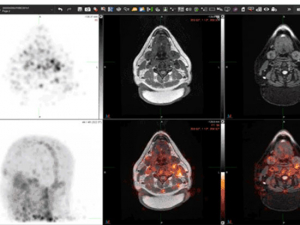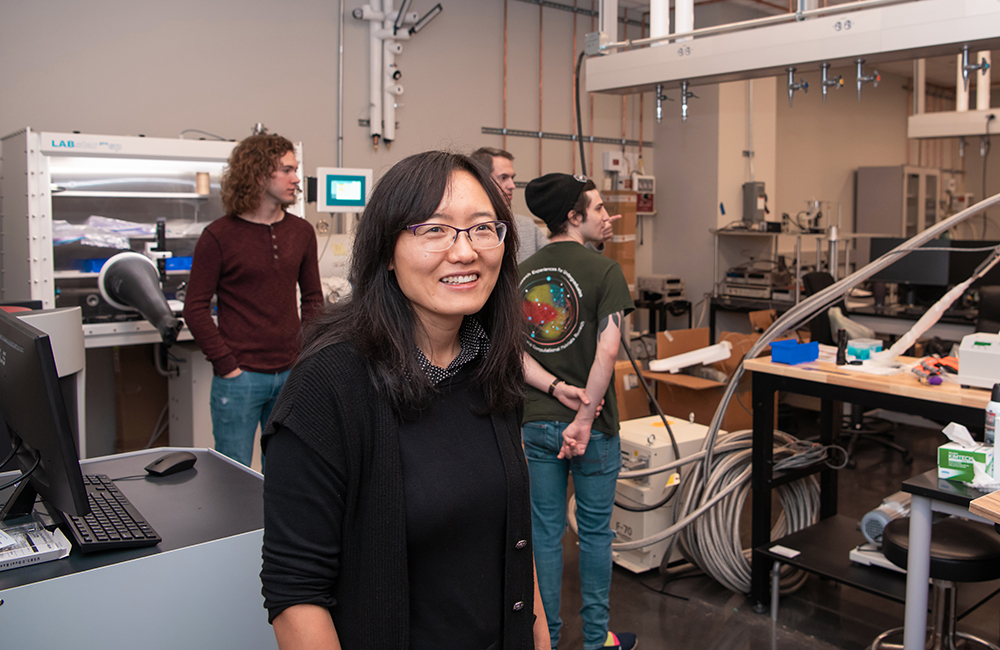 Wenli Bi, Ph.D., associate professor in the Department of Physics, and team in her lab in the new Science and Engineering Complex. Photo by JENNIFER ALSABROOK-TURNER | University Relations
Wenli Bi, Ph.D., associate professor in the Department of Physics, and team in her lab in the new Science and Engineering Complex. Photo by JENNIFER ALSABROOK-TURNER | University Relations
Research technology never stops improving. That means investigators have the opportunity to answer questions faster or in more detail than previously, or even approach scientific questions in ways they never could before. But keeping up with the latest advances is no easy task, even for an institution such as UAB, which received a record $774.5 million in research grants and extramural awards in fiscal year 2023.
That is why some of those successful UAB award applications are directed to specialized National Institutes of Health and National Science Foundation programs that enable scientists to purchase new research technologies. The NIH’s Office of Research Infrastructure Programs directs the S10 Instrumentation Grant Programs, which “support purchases of state-of-the-art commercially available instruments to enhance research of NIH-funded investigators.” Meanwhile, the NSF’s Major Research Instrumentation Program “serves to increase access to multi-user scientific and engineering instrumentation for research and research training.”
Here are four recent tools brought to UAB through S10 or MRI funding. Each of the powerful instruments below is being used by researchers across campus and beyond.
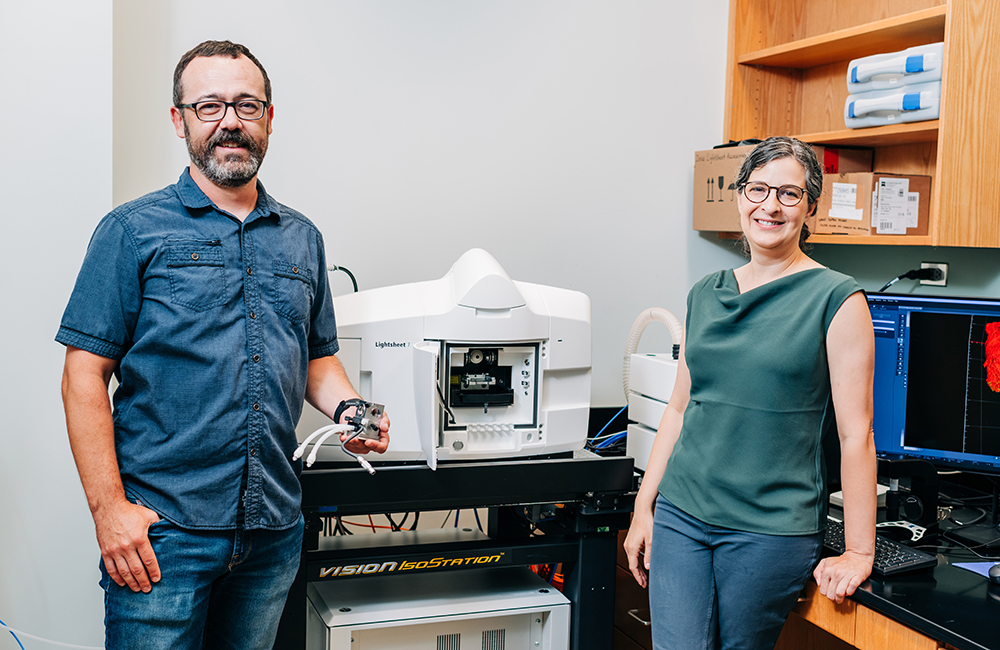 Alexa Mattheyses, Ph.D. (right), director of the UAB High-Resolution Imaging Facility, and Robert Grabski, Ph.D., research associate in the High-Resolution Imaging Facility. They are pictured with the Zeiss Lightsheet 7 light sheet microscope, an advanced imaging device capable of fluorescent imaging of living cells and tissues. Photo by ANDREA MABRY | University Relations
Alexa Mattheyses, Ph.D. (right), director of the UAB High-Resolution Imaging Facility, and Robert Grabski, Ph.D., research associate in the High-Resolution Imaging Facility. They are pictured with the Zeiss Lightsheet 7 light sheet microscope, an advanced imaging device capable of fluorescent imaging of living cells and tissues. Photo by ANDREA MABRY | University Relations
1. Zeiss Lightsheet 7 microscope
Principal investigator: Alexa Mattheyses, Ph.D., director of the UAB High-Resolution Imaging Facility and associate professor, UAB Department of Cell, Developmental and Integrative Biology
Funding agency: National Institutes of Health
Total cost: $584,658
Where it is: UAB High-Resolution Imaging Facility, Shelby Building
What it does: A light sheet fluorescent microscope, or LSFM, allows researchers to visualize the relationships between cells and proteins in intact tissues, organs and organisms at high volume and at a range of sizes and resolutions. Because of its image acquisition speed, the Zeiss Lightsheet 7 can perform data collection from large samples rapidly and efficiently, “allowing us to image far larger samples than we are currently capable of, including whole organisms and intact cleared tissues,” Mattheyses wrote in her grant abstract. Light sheet fluorescent microscopy also “substantially reduces photobleaching and photodamage,” she added. Samples do not need to be mounted on a slide or coverslip, “allowing more physiological imaging of model organisms and intact tissues,” Mattheyses said. “Finally, samples can be rotated relative to the imaging plane, allowing ideal orientation and collection of multiple views.”
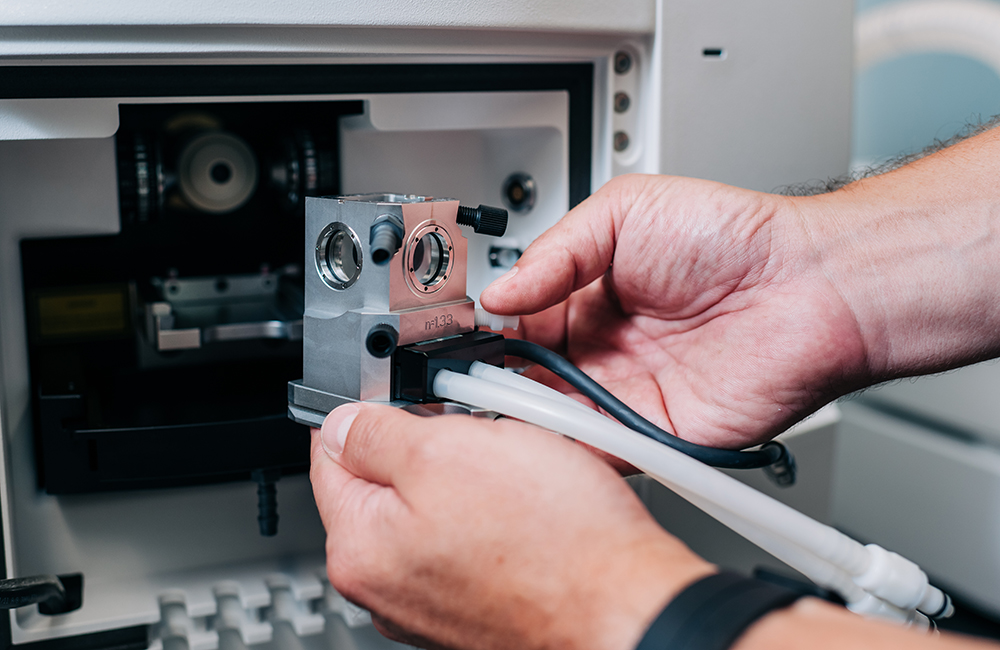 Because of its image acquisition speed, the Zeiss Lightsheet 7 can perform data collection from large samples rapidly and efficiently, allowing the High-Resolution Imaging Facility to image far larger samples than it was previously capable of, including whole organisms and intact cleared tissues. Photo by ANDREA MABRY | University Relations
Because of its image acquisition speed, the Zeiss Lightsheet 7 can perform data collection from large samples rapidly and efficiently, allowing the High-Resolution Imaging Facility to image far larger samples than it was previously capable of, including whole organisms and intact cleared tissues. Photo by ANDREA MABRY | University Relations
Who uses it: The Lightsheet 7 microscope can be used by anyone in the UAB community, Mattheyses says. “Eight NIH-funded major users critically required a light sheet fluorescent microscope to advance their research programs,” she wrote in her grant abstract. “The Lightsheet 7 will serve as a synergistic junction for our research group with diverse interests in developmental biology, pulmonology and neuroscience.” It will also “serve as a resource in the state of Alabama for basic and clinical scientists and educators to analyze cleared tissue and live organisms under normal and disease states.”
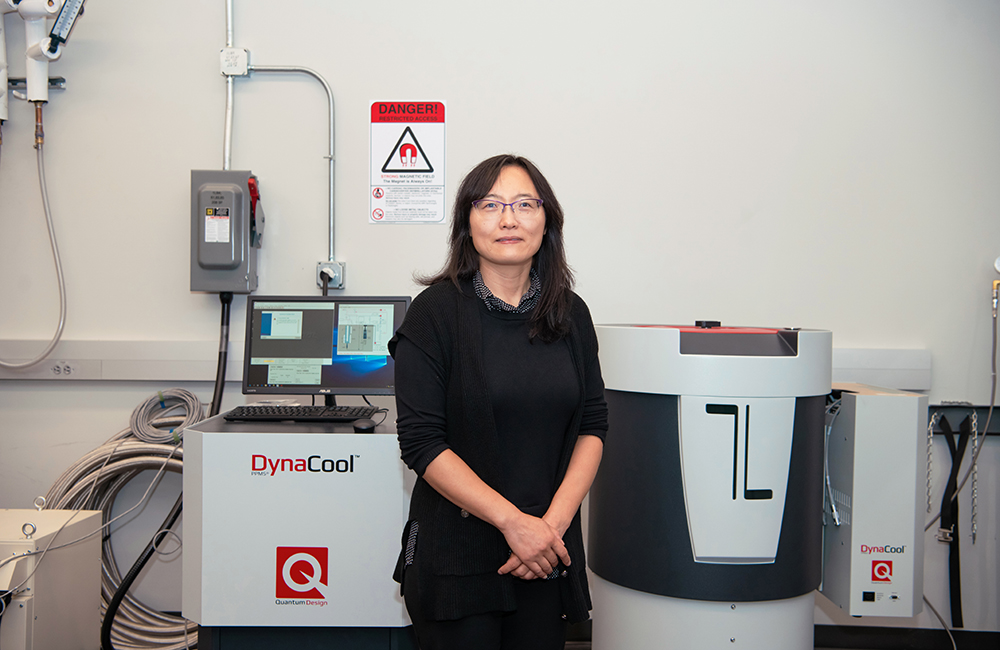 Wenli Bi, Ph.D., with her Quantum Design PPMS-DynaCool physical property measurement system. Photo by JENNIFER ALSABROOK-TURNER | University Relations
Wenli Bi, Ph.D., with her Quantum Design PPMS-DynaCool physical property measurement system. Photo by JENNIFER ALSABROOK-TURNER | University Relations
2. Quantum Design PPMS (Physical Property Measurement System)-DynaCool
Principal investigator: Wenli Bi, Ph.D., associate professor, Department of Physics
Funding agency: National Science Foundation
Total cost: $419,614
Where it is: Bi’s Quantum Materials Under Pressure lab, Science and Engineering Complex
What it does: The PPMS-DynaCool can reach temperatures as low as 1.8 Kelvin (–456 degrees Fahrenheit) and can produce an external magnetic field up to 9 Tesla (a refrigerator magnet is about 0.001 Tesla). It “will significantly accelerate the material research program at UAB Physics, which heavily depends on the characterization of a multitude of material properties,” Bi wrote in her grant abstract. “The success of current ongoing research activities at UAB Physics depends on the characterization of a multitude of material properties including electrical transport superconductivity, magnetism, thermal and optical properties under external stimuli (temperature, pressure and magnetic field),” she added. This will allow researchers to discover and characterize novel laser materials, discover new superconductors with superlattice structures, expand analysis methods for functional nanofibers, and determine the charge carrier of ultra-wide band gap semiconductors for electronic applications, among other uses.
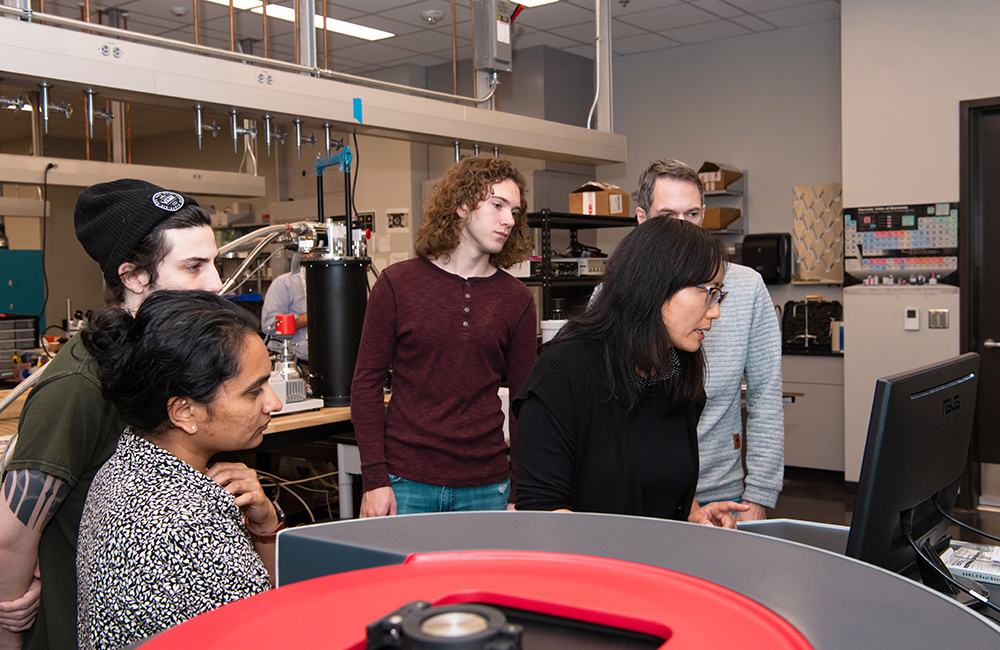 Bi with lab members (left to right) graduate student Greeshma Jose, graduate student Hunter Kantelis, undergraduate research assistant Bennett Gamble and postdoctoral scholar Raimundas Sereika, Ph.D. Photo by JENNIFER ALSABROOK-TURNER | University Relations
Bi with lab members (left to right) graduate student Greeshma Jose, graduate student Hunter Kantelis, undergraduate research assistant Bennett Gamble and postdoctoral scholar Raimundas Sereika, Ph.D. Photo by JENNIFER ALSABROOK-TURNER | University Relations
Who uses it: In addition to UAB physicists, the PPMS-DynaCool will facilitate new collaborations with other materials research groups at UAB, with historically Black colleges and universities (including Tuskegee University), and with private research institutions, Bi explains. The instrument also will directly benefit “the education and training of diverse graduate and undergraduate students, high school students and STEM teachers” in central Alabama through research, education and outreach activities, Bi said.
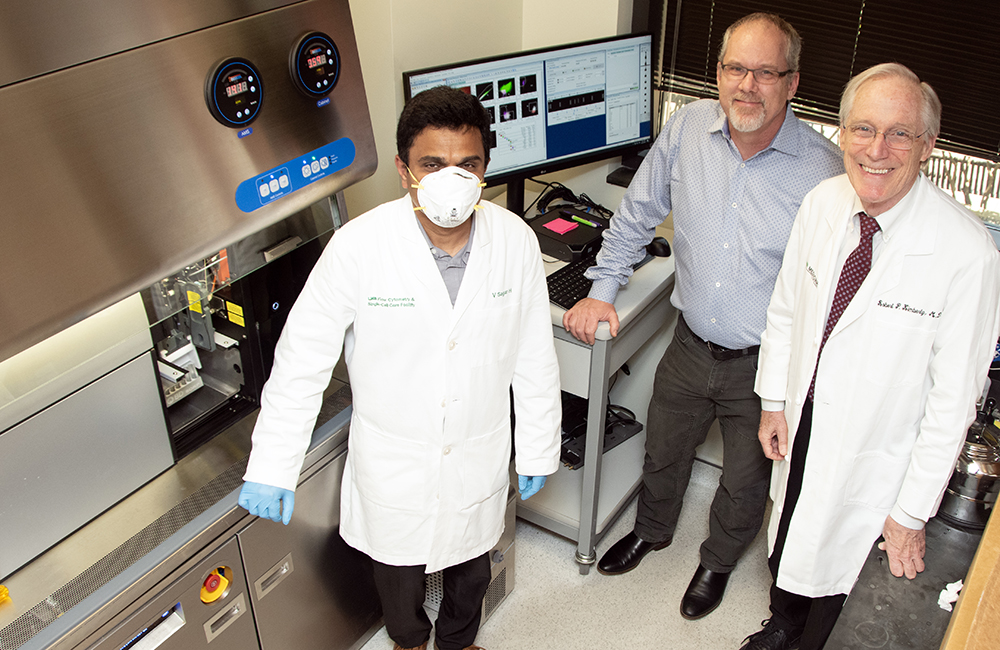 Troy Randall, Ph.D. (center), director of the Flow Cytometry and Single Cell services Core, with Vidya Sagar Hanumanthu, Ph.D. (left), associate director of the facility and Robert Kimberly, M.D. (right), senior associate dean for Clinical and Translational Research in the Heersink School of Medicine, with the FACSymphony flow cytometer. Photo courtesy Carolyn Walsh
Troy Randall, Ph.D. (center), director of the Flow Cytometry and Single Cell services Core, with Vidya Sagar Hanumanthu, Ph.D. (left), associate director of the facility and Robert Kimberly, M.D. (right), senior associate dean for Clinical and Translational Research in the Heersink School of Medicine, with the FACSymphony flow cytometer. Photo courtesy Carolyn Walsh
3. Becton Dickinson 5-laser, 48-color FACSymphony A5 spectral analytic flow cytometer
Principal investigator: Troy Randall, Ph.D., director of the Flow Cytometry and Single Cell services Core and professor, Division of Immunology and Rheumatology
Funding agency: National Institutes of Health
Total cost: $463,534
Where it is: Flow Cytometry and Single Cell services Core, Shelby Building
What it does: Analytic flow cytometers use lasers as a light source to rapidly capture multiple parameters of single cells. They are used by immunologists, molecular biologists, bacteriologists, virologists and cancer biologists, and for physicians monitoring infectious diseases. For example, an analytic flow cytometer can rapidly and simultaneously characterize the many different populations of cells present in a patient blood sample. The existing Symphony A5 cytometer is the most-used instrument in the Flow Cytometry and Single Cell services Core, Randall notes in his grant abstract. The new A5 instrument that the FCSC purchased with this grant will have additional capabilities due to the spectral compensation. “As a result, users who already have multi-parameter antibody panels designed to work on the existing Symphony A5 can use these panels on the new A5, “thereby easing scheduling constraints,” Randall said. “But the new instrument will also offer additional colors and will be able to distinguish between closely related signals like green and yellow fluorescent proteins.”
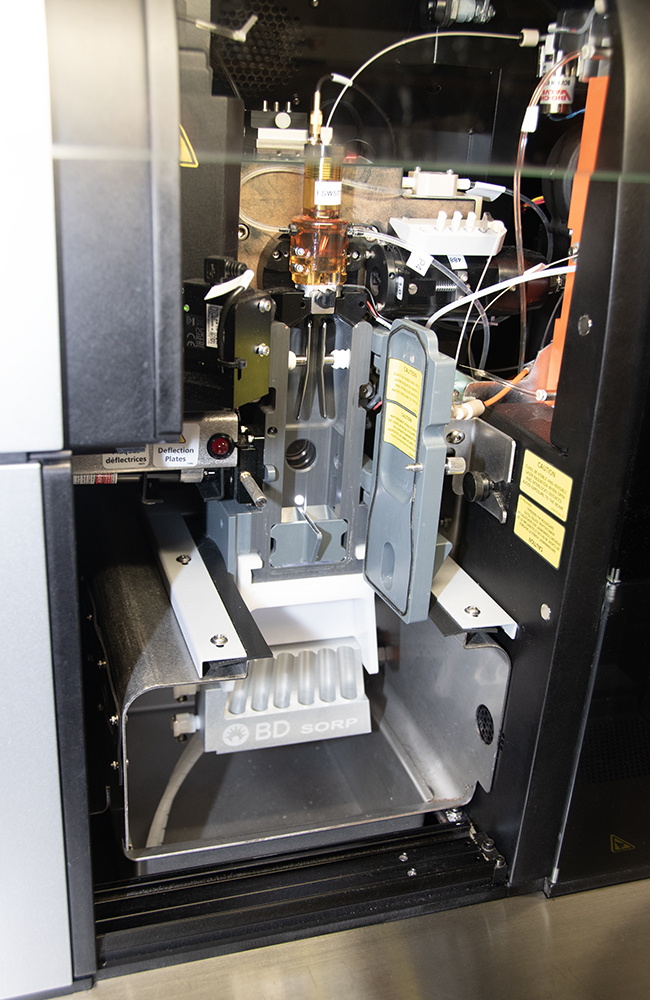 The existing Symphony A5 cytometer is the most-used instrument in the Flow Cytometry and Single Cell services Core. The new A5 instrument that the FCSC purchased has additional capabilities due to the spectral compensation, including the ability to distinguish between closely related signals like green and yellow fluorescent proteins. Photo courtesy Carolyn Walsh
The existing Symphony A5 cytometer is the most-used instrument in the Flow Cytometry and Single Cell services Core. The new A5 instrument that the FCSC purchased has additional capabilities due to the spectral compensation, including the ability to distinguish between closely related signals like green and yellow fluorescent proteins. Photo courtesy Carolyn Walsh
Who uses it: “The new A5 instrument will support the research of 14 major users and 32 minor users holding 51 NIH grants, as well as projects supported by the Department of Defense, private industry and foundations,” Randall wrote.
 Michael Crowley, Ph.D., director of the UAB Genomics Core, with the NovaSeq 6000 high-throughput gene sequencer. Photo by ANDREA MABRY | University Relations
Michael Crowley, Ph.D., director of the UAB Genomics Core, with the NovaSeq 6000 high-throughput gene sequencer. Photo by ANDREA MABRY | University Relations
4. Illumina NovaSeq 6000 Sequencing System
Principal investigator: Michael Crowley, Ph.D., director of the UAB Genomics Core and associate professor, Department of Genetics
Funding agency: National Institutes of Health
Total cost: $945,108
Where it is: Heflin Center for Genomic Sciences, Kaul Building
What it does: The NovaSeq 6000, one of the highest-throughput sequencing instruments on the market, “can produce up to 6 trillion bases of sequence from one instrument run,” Crowley explained in his grant application. This will bring significant cost savings, a reduction in experimental bias in terms of batch effect and decreased times for data acquisition to UAB researchers, Crowley noted.
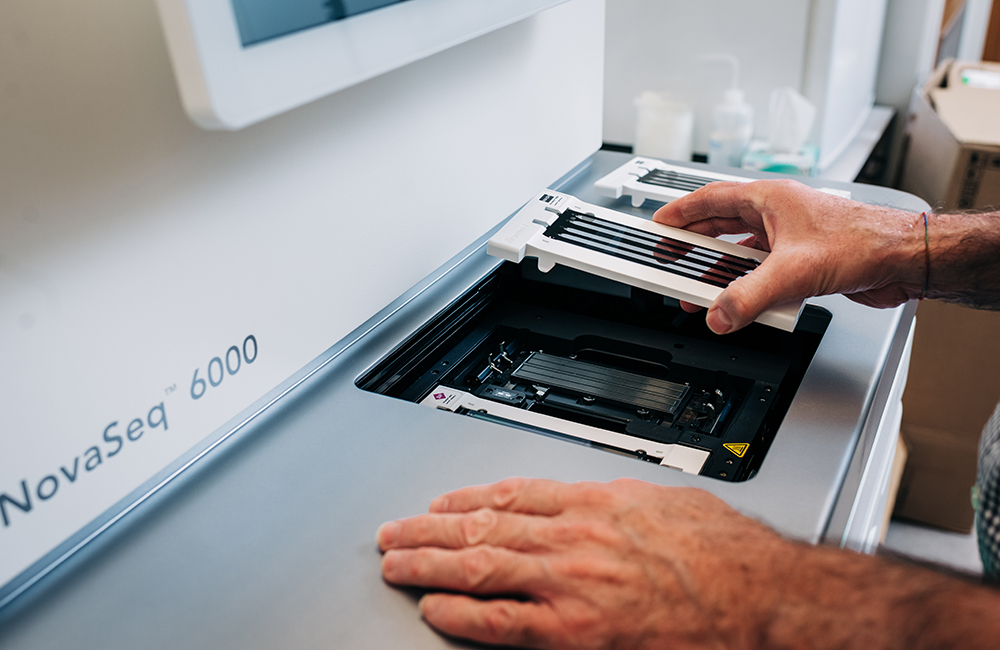 The NovaSeq 6000 is one of the highest-throughput sequencing instruments on the market. This will bring significant cost savings, a reduction in experimental bias in terms of batch effect and decreased times for data acquisition to UAB researchers. Photo by ANDREA MABRY | University Relations
The NovaSeq 6000 is one of the highest-throughput sequencing instruments on the market. This will bring significant cost savings, a reduction in experimental bias in terms of batch effect and decreased times for data acquisition to UAB researchers. Photo by ANDREA MABRY | University Relations
Who uses it: “The Genomics Core is the only genomics core on the UAB campus and serves the medical school, graduate school, undergraduate campus, and is the Comprehensive Genomics Shared Resource within the O’Neal Comprehensive Cancer Center structure,” Crowley wrote. In addition to supporting nearly 200 faculty across UAB since its inception 20 years ago, the Genomics Core has supported investigators at the University of South Alabama, Alabama State University and Emory University. The Genomics Core supports research in “cancer biology, nephrology, immunology, cancer immunology, ecology, cardiac development, ciliopathies, skeletal development, neurobiology, bacterial-host interactions, metagenomics, SARS-CoV–2 sequence analysis, epigenetics and single cell sequencing analysis.”
